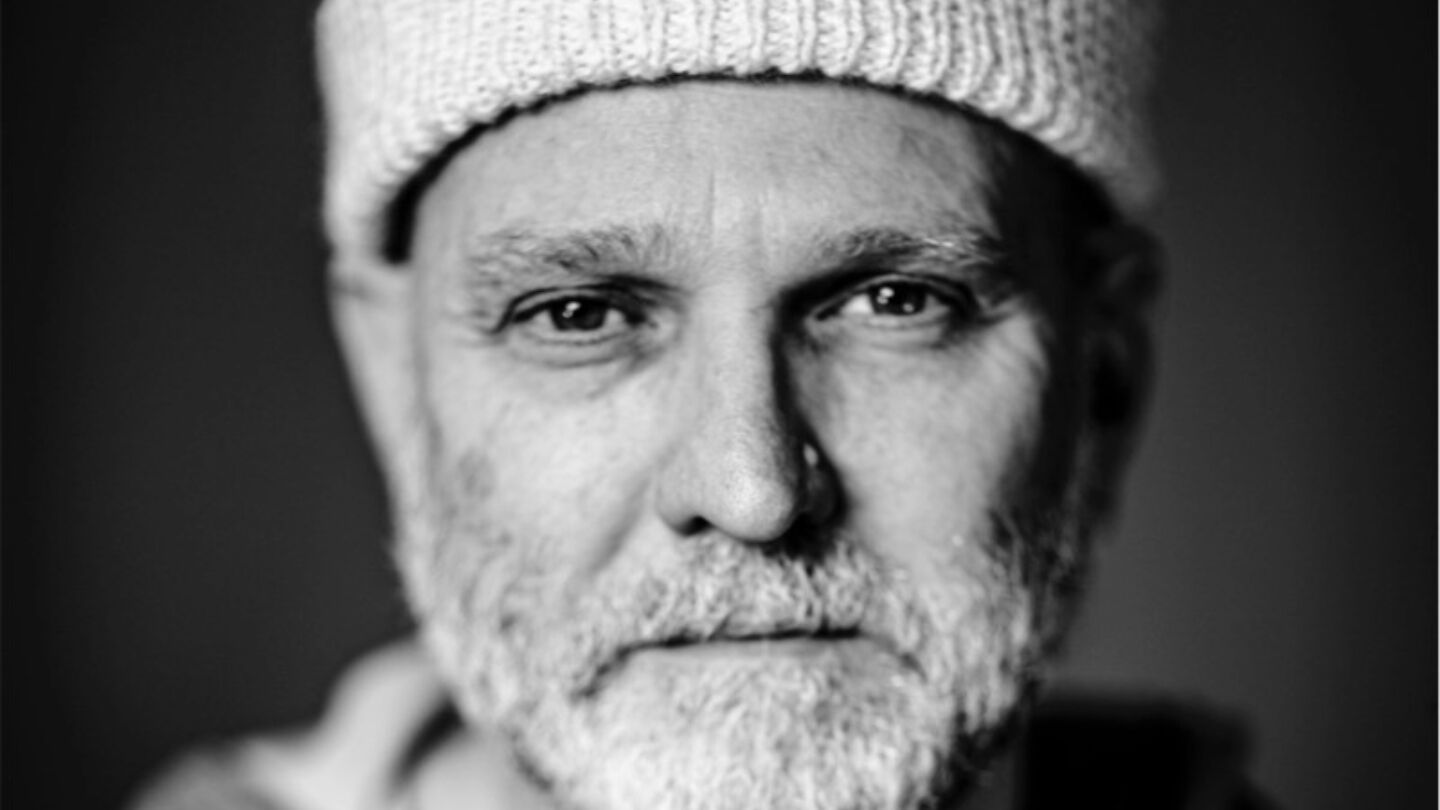The broadcasting industry is going through a rapid and significant change, driven by new technologies and shifts in how people consume content. The global video-streaming market was valued at $455.45 billion in 2022 and is projected to grow to $1,902.68 billion by 2030, while traditional viewership is decreasing. Audiences need to be more cohesive. In this article, we delve into these challenges and consider solutions through the lens of Gcore, a public cloud and edge computing pioneer.
The Distance and Delivery: Redefining Connectivity
In the broadcasting realm, where immediacy and engagement are paramount, the latency challenge is a formidable force to reckon with. Apart from the delivery method, when communicating with a distant server, sheer distance-induced latency, adding 1 millisecond per 96 km (60 miles), can notably degrade the viewer experience. In scenarios where real-time engagement is essential – the latency, hovering between 200 to 300 milliseconds, becomes a stumbling block.
Historically, satellite television was the most effective way to mitigate such challenges. It boasted an impressive 12-second delay during its heyday, significantly outpacing over-the-top (OTT) services...
You are not signed in
Only registered users can read the rest of this article.
.jpg)
Live video workflows: How IP and 5G are answering the call for low-latency contribution
As production teams seek more streamlined and scalable operations for outside broadcasts, Haivision’s Marcus Schioler considers the evolving role of IP and 5G for the secure, reliable and low-latency transfer of live content.

Virtual production is here: Lean into the learning curve
As VP stands on the cusp of revolutionising the industry, Rob Chandler, Founder of Starting Pixel, explains the importance of understanding the technology to harness its expansive potential.
.jpg)
IP and cloud-driven broadcasts: Why control systems matter more than ever
BFE Studio und Medien Systeme Chief Technology Officer (CTO) Hartmut Opfermann explores how flexible and configurable broadcast control systems will revolutionise media workflows as the industry forays into increasingly complex cloud-native production environments.

Why AI in media needs a rethink: It’s not about generating more, it’s about governing better
Northell Finance and Marketing Director Alex Beardsall explores how the advantages of AI in the compliance arena far outweigh its application to creative endeavours when it comes to scaling content production with confidence.

Beyond the remote control: personalisation as business strategy
Tom Dvorak, Co-Founder and Chief Commercial Officer at XroadMedia, considers the evolution of AI-supported personalisation and its game-changing impact on the content discovery landscape.



